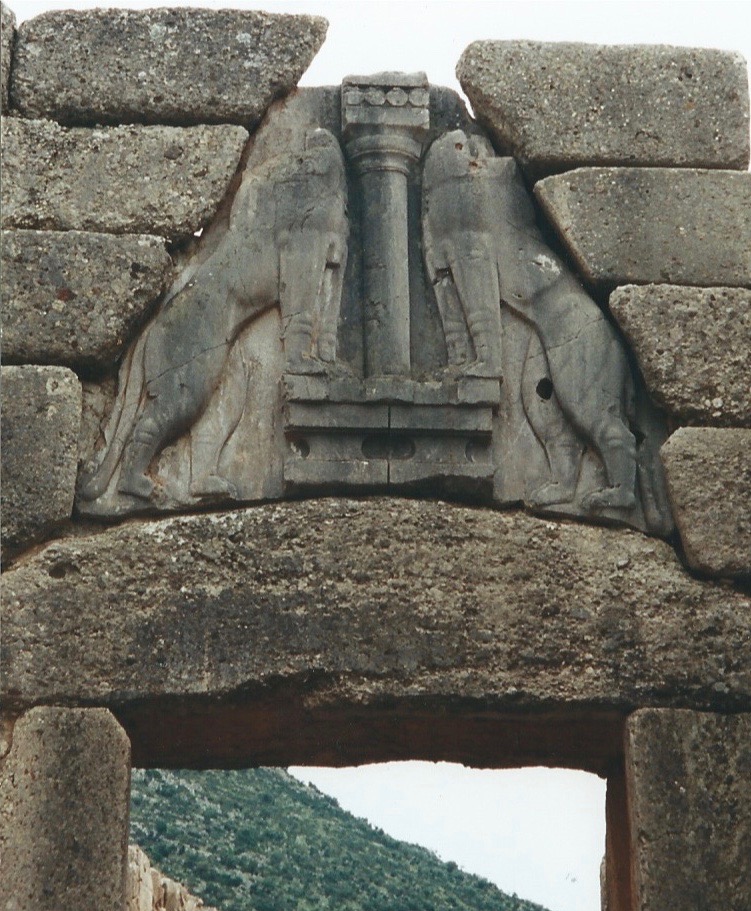I’m sitting here, feeling my hands on the keyboard, noticing my breath is a little short and jumpy. Anxious. Worried. A dark curtain is hanging out behind my right ear. And I notice a desire to do something to part that curtain; to change the situation of our world today, or at least bring some calm to myself, so the anxiety will explode into bits of nothing, or into the past to be studied like ancient history. So, I can feel the joy that deeply wants to be felt.
A friend calls on the phone. I take a deep breath and we talk, which lifts me out of the anxiety. A little mindfulness and the voice of friendship can do that. We all need that voice.
So much is changing. So much is threatened. And it’s difficult to see how we can influence a change for the better. But just as the voice of a friend helped lift me out of the grip of anxiety, joining with others, and feeling the yearning and the need to act, together, does the same. There might be fear there, that is true. But also light, hope. A sense of the future emerges, that there can be a future. That there can be joy and love in the future.
This is one way we dissolve anxiety. We see that it’s there, name it, and then do something to alleviate it. Worrying can deprive us of ourselves. Learning, planning, acting can give us the strength we need, so we feel we have strength and power. It is a kindness that we give ourselves, and kindness is so needed to change the world. Kindness to ourselves and others helps us part that curtain so we can see ourselves more clearly, with more perspective.
And getting a larger perspective is a second thing we can do. We can do that partly by taking walks in nature, studying mind-body disciplines like martial arts, yoga, and meditation, reading history, politics, science, literature, humor, etc.
I remember reading Joseph Campbell’s book, The Hero with A Thousand Faces. This is a powerful book to read and share with students and friends. It can open doors to widely divergent works of literature and religion that otherwise might be closed, such as the story of the Buddha to Bilbo Baggins. From Edmond Dantes in The Count of Monte Cristo to Gilgamesh, the hero of the first story ever written. From Dorothy in The Wizard of Oz to Star Wars and Close Encounters.
Campbell’s book explicates the hero cycle, a pattern that heroic characters have possibly followed in their path to enlightenment, redemption, or saving lives. One part of that path is The Call to Adventure. The movie Star Wars begins with Luke Skywalker living with his aunt and uncle. He is enveloped in his normal world, knowing nothing of who he is and feeling distant from the battle taking place in the universe around him. He is asked by Obi Wan Kenobi to join in the quest to rescue Princess Leia. He refuses. At first.
Then he goes home to find it, and his aunt and uncle, burned. The struggle has become personal, and he is ready to heed the call. George Lucas used the hero cycle quite very deliberately in creating the movie….
**To read the whole article, please go to The Good Men Project.
***Photo is the Lion Gate of Mycenae, Greece.



